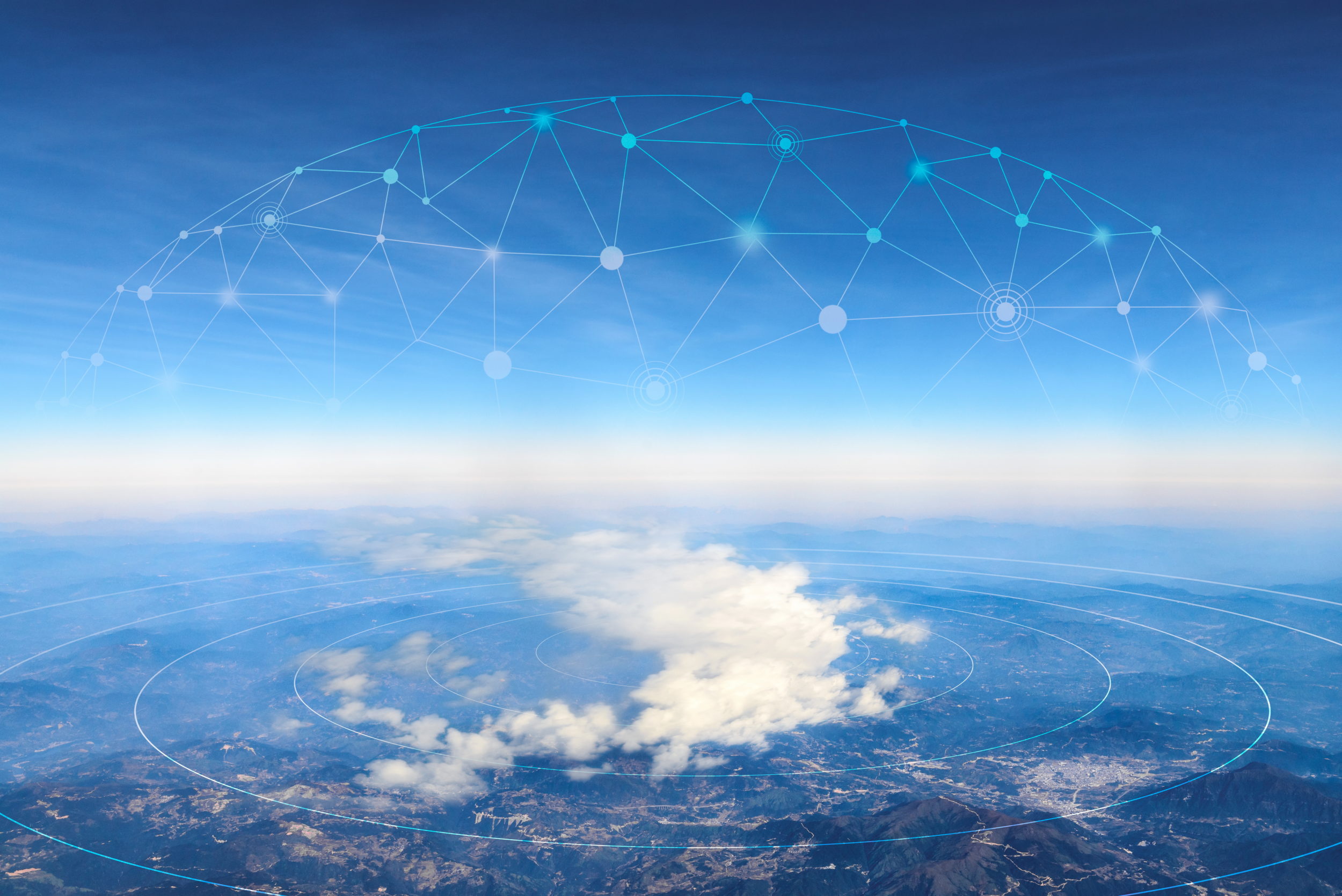Seamless integration from sensor to software is simplified as connectivity technology becomes more advanced and intuitive. The OTT ecoLog 1000, an all-in-one water level logger and our trusted family of Sutron XLink dataloggers now support 4G and cellular IoT (CAT-M1/LTE-M) transmission. What do these upgrades mean for simplifying your workflows?
We compiled a series of Frequently Asked Questions (FAQ) surrounding the connectivity capabilities of the trusted ecoLog1000, XLink 100/500, and how the corresponding LinkComm software provides a user-friendly interface to communicate to your hardware and remotely manage your monitoring network.
Internet of Things, or IoT is at the forefront of connectivity. IoT enables interrelated devices to transfer data. IoT is rapidly advancing the communication capability of almost all industries, including environmental monitoring. Professionals are implementing IoT into their systems more and more due to better network availability and lower cost.
LTE-M is a type of low power wide area network (LPWAN) radio technology standard to enable a wide range of cellular devices and services specifically for machine to machine (M2M) and IoT applications, such as a network of groundwater monitoring sites. LTE-M is based on the LTE-3GPP Standard and has 5G compatibility making it future proof as cellular networks evolve around the globe.
Two–way communication enables remote configuration reducing the time and cost of visiting field stations to check, change, or download configuration/data or turn on/off instruments via cell. This makes complete, remote network management possible.
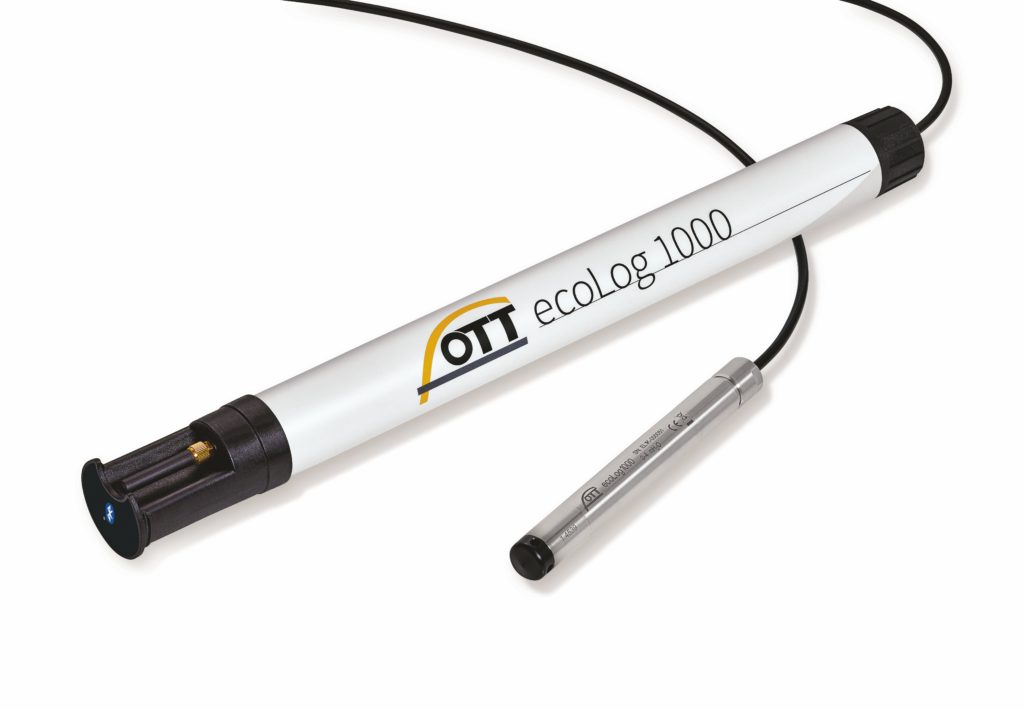
LTE-M is a low power transmission option and allows users to access real-time data across greater distances. The low power nature of the LTE-M protocol enables longer battery life of the ecoLog1000. Additionally, the cost of data transmission is low with inexpensive machine to machine (M2M) communication. You can expect to experience better network availability, even underground, and avoid high network traffic in emergency events, such as flooding.
The ecoLog 1000 is intended for cell communication only and does not support satellite transmission. OTT HydroMet offers other solutions, such as the XLink dataloggers for satellite transmission.
The ecoLog 1000 is a device that features mobile/cell communication. An option without telemetry is not planned. If telemetry is not needed, the OTT Orpheus Mini is an excellent option for recording water level and temperature values in a compact logger without a built-in modem.
If there is no 4G coverage the ecoLog 1000 will automatically connect to 2G (GSM/GPRS). If 4G/2G coverage is not available, LTE-M may be. The coverage for the LTE-M network is often times better and may be available at your monitoring site.
The idea behind transmission technology is to push the data, meaning that the data logger has a self-time transmission to a server, so the data is not pulled, but it’s pushed. The advantage of this is that the logger can do this on its own, you don’t need to have the modem on all the time or wait for someone to pull the data. By pushing it, it saves time, battery power, and energy, and with the action and alarm management, it’s possible to adjust, for example, the transmission interval from maybe once per day to two times a day. The XLink dataloggers have the ability to pull data with additional effort.
Very easily. The ecoLog 1000 sends the data to an Aquarius FTP server in a .CSV file. From there, the software ingests the data and visualizes it. Dataloggers can be configured to send information to up to four different servers, one being Aquarius, others being a Flood Warning Service or a government database. This allows your data to be available in various locations. Once the data is in Aquarius, you also have the option to export the data to share with other stakeholders.
Field exchangeable plug and play modem cards allow for easy upgrade of cellular/telecom technologies including 4G, and cellular IoT (CAT-M1/LTE-M). The XLink 100 & 500 also support Iridium Satellite communications.
The XLink 500 supports Python scripting and has additional analog sensor inputs.
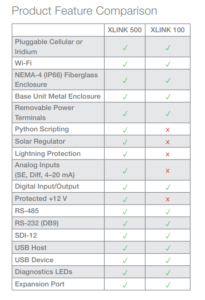
The LTE-M network is a low-cost option with improved network availability. By equipping a datalogger with a modem, a user can leverage the two-way communication features to change configuration and check station status.
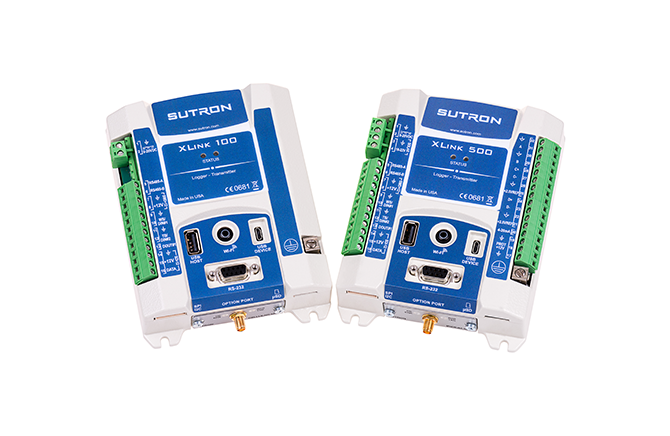
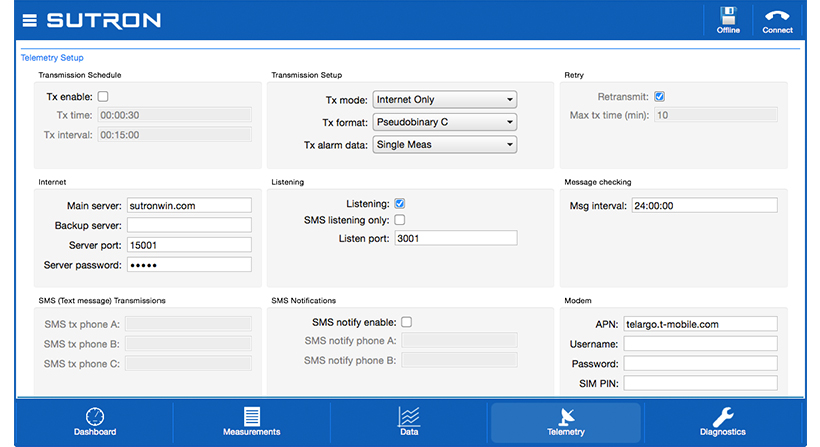
Connection is either via direct USB connection or remotely over cell, Iridium satellite, Wi-Fi, or Bluetooth. The software runs on Windows PC, iPhone/iPad, and Android platforms enabling seamless connection with commonly used devices.
LinkComm software is complimentary and used to easily set up and maintain XLink and Satlink dataloggers, as well as the ecoLog 1000, an all-in-one water level logger. LinkComm can be downloaded from our website and in the App Store.
Interested in learning more about our innovative solutions?
